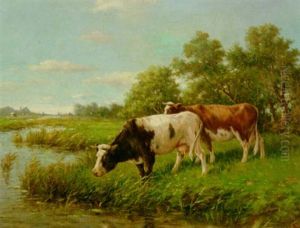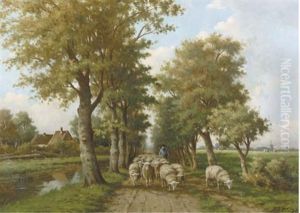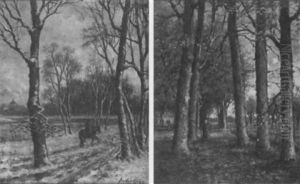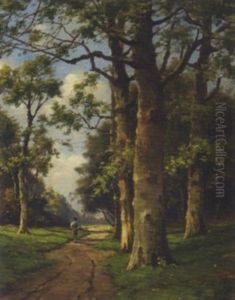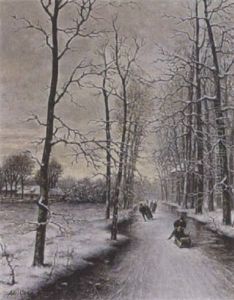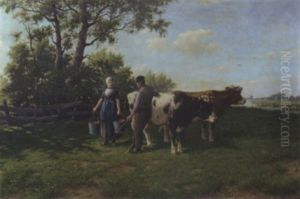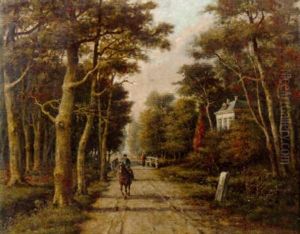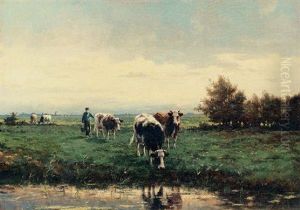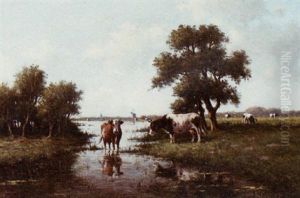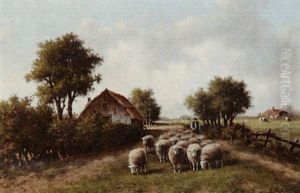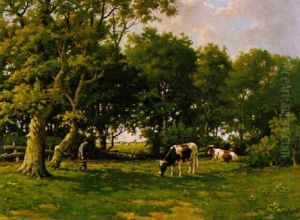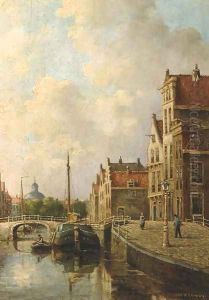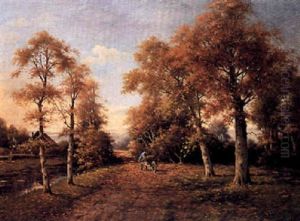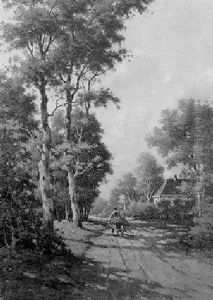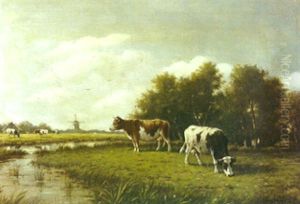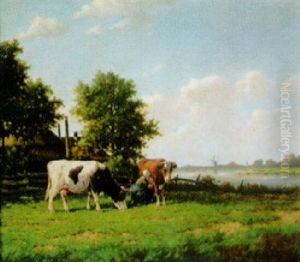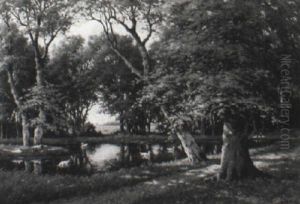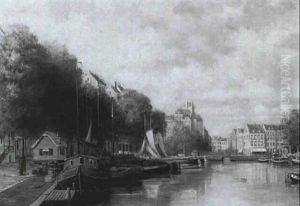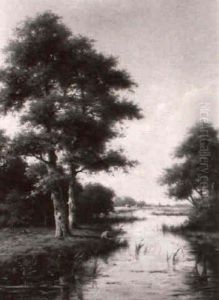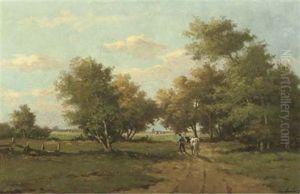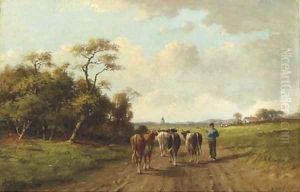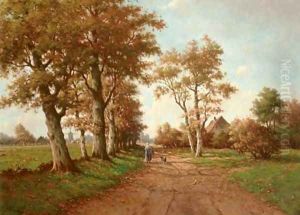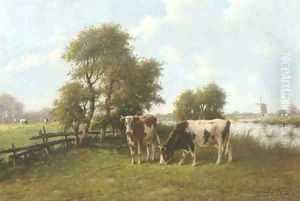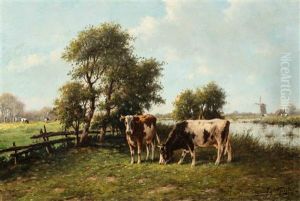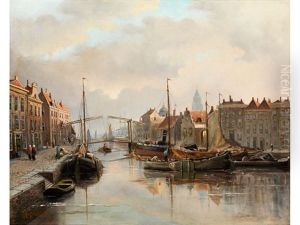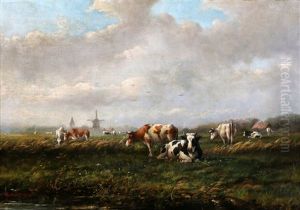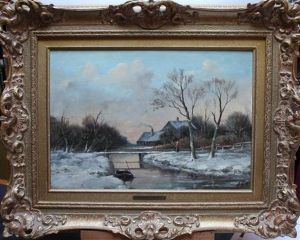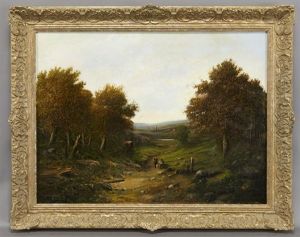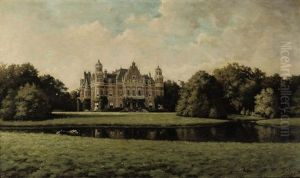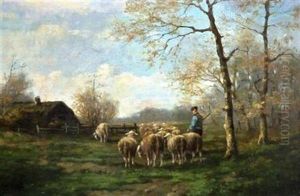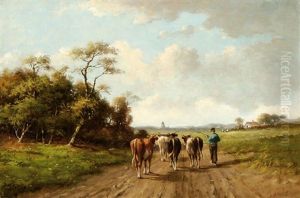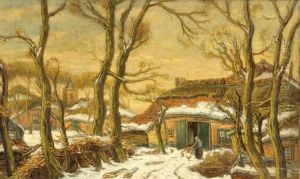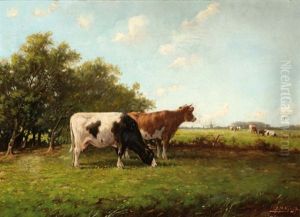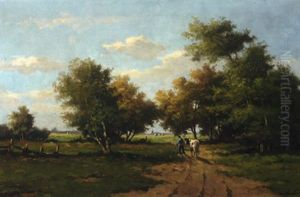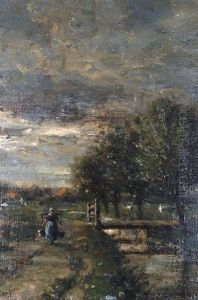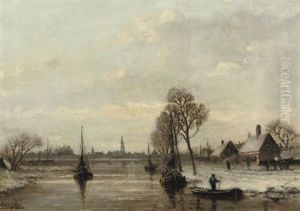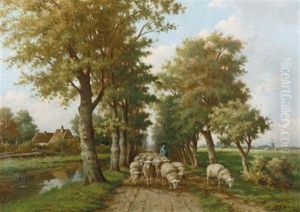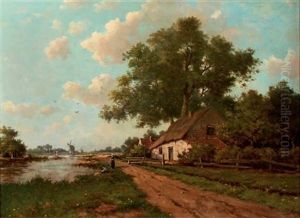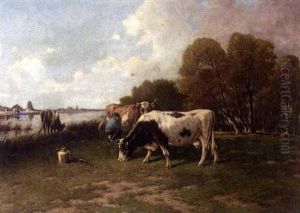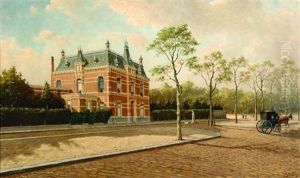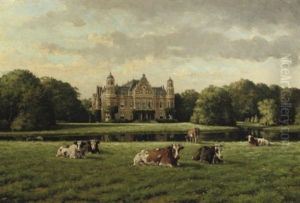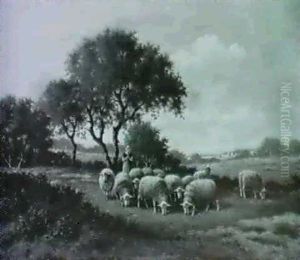Adriaan Marinus Geyp Paintings
Adriaan Marinus Geyp was a Dutch artist whose life spanned the late 19th and well into the mid-20th century, a period that saw significant changes in the world of art. Born in 1879 in the Netherlands, Geyp lived through two World Wars, the rise of modernism, and significant technological advances, all of which influenced the art world in various ways. Though perhaps not as widely recognized as some of his contemporaries, Geyp's work and contributions to the art world are noteworthy for their unique style and perspective.
Geyp's artistic journey began at a young age, showing an early talent for drawing and painting. He pursued formal art education, which was typical for artists of his time, honing his skills in various mediums. His work primarily focused on landscapes, still lifes, and portraits, showcasing a keen eye for detail and a profound appreciation for the natural world. Geyp's style evolved over the years, reflecting the influences of different art movements of the 20th century, yet he maintained a distinct approach that set his work apart.
Throughout his career, Adriaan Marinus Geyp participated in numerous exhibitions, both solo and group, which helped to establish his reputation in the Dutch art scene. His contributions were not limited to his own creations; he was also involved in the artistic community, advocating for the importance of art in society and mentoring younger artists. Geyp's work is included in various collections, both public and private, in the Netherlands and abroad.
Despite the challenges of the times, including the economic difficulties of the Great Depression and the turmoil of the World Wars, Geyp continued to produce art that reflected both his personal vision and the broader changes occurring in the world around him. His dedication to his craft and his ability to adapt to the changing art landscape are hallmarks of his long and productive career.
Adriaan Marinus Geyp passed away in 1968, leaving behind a legacy of artistic achievement that continues to inspire. His work is a testament to the enduring power of art to capture the beauty of the natural world, the complexities of human emotion, and the spirit of an era. Though he may not be as well-known as some of his peers, Geyp's contributions to the world of art remain significant, providing insight into the rich tapestry of Dutch art in the 20th century.
